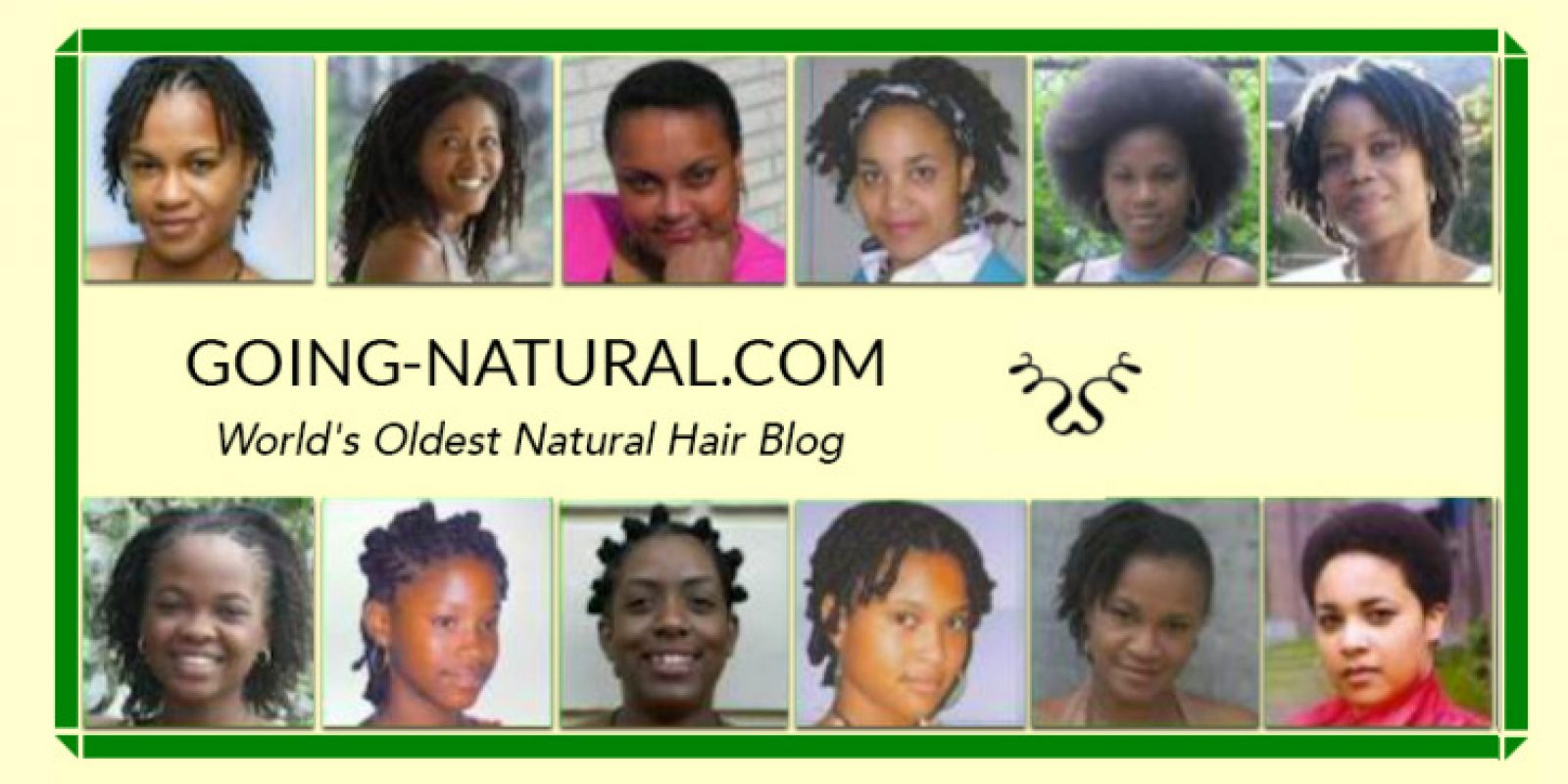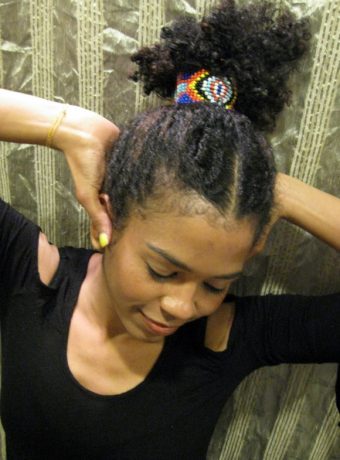admin@natural Transitioning Thoughts hair, Natural Hair Story, beginning, transitioning, permed 0
The very first time I did the big chop (BC) was in 1997. I was newly married, had a 6 year old daughter and had just given birth to my 2nd child (a son). I was looking for a simple hair style that allowed me to not spend much time on it since I was having to juggle married life, a full time job and 2 children.
As of today, I have recently converted over from permed hair to going back natural. I did the BC on August 12, 2010. Even though I’ve done the BC on at least 3 other occasions, rockin’ the boy cut then growing it out and wearing a texturizer look only to ultimately go back to permed hair —— this time is so different.
I was recently diagnosed on July 29, 2010, by my dermatologist with Central Centrifugal Cicatricial Alopecia (Scarring Alopecia) after suffering for approximately 10 long years with an abnormal scalp itch that would not go away regardless to what hair products that I used for itchy scalp.
I initially thought I was allergic to hair dyes in hair weaves so I stopped having my hair braided. Then, I thought I was having an allergic reaction to hair grease because it felt as though I was greasing my scalp with ants after applying the grease. I would have to immediately wash it out. I used dandruff shampoos even though I had no signs of dandruff and even used scalpicin for the scalp itch. To no avail, I had no relief.
As the years went by, the itch progressed. I went to a dermatologist who took one look at my scalp and said my scalp looked cleaned and healthy and that it didn’t appear to look like a fungus problem but he prescribed a shampoo and scalp topical solution as a fungal treatment. I ended up going back to the same dermatologist after completion of the prescription and seen a different dermatologist in the same office who told me the same thing — my scalp looked clean and healthy. I asked for a scalp scrapping to be taken and looked at under the microscope to check to see if anything showed up – nothing did. The doctor suggested that it may be stress or child-hood trauma that was trying to purge my body. He prescribed a different shampoo, more scalp topical solution and an anti-depressant. Ugh!!
All during the years of suffering from an itch that wouldn’t go away, I would go back to the BC hoping to get relief from not using hair perms. I also used shampoos with tea tree oil and coal tar. Nothing worked!!!! I began to accept that I was just going to have to live and deal with this scalp itch. I wasn’t losing any hair, so I chalked it up to stress related issues.
I finally woke up one morning in July and God put it on my mind that this is not normal and not to accept it. I called a totally different dermatology office to get a second opinion and they set me an appointment for July 28, 2010. I discussed with the nurse practitioner the problem I was suffering from and advised her how long I had been suffering. She called the doctor in and he took a look at my head and said with the naked eye – my scalp looks clean and healthy but that 10 years was extremely too long to be dealing with this issue and to not have found out the exact cause of it. He ordered for me to have my blood taken at the lab to rule out any underlying conditions that could cause scalp itch such as lupus and he had the nurse to take a scalp biopsy of the crown of my head since that was the area that the itch stemmed from the worst. He also put a rush on the scalp biopsy to receive results the next day and I was blessed to finally get an answer to my itching question or shall I say — a name to the unknown problem that taunted me every day and night of my life for the past 10 years.
Central Centrifugal Cicatricial Alopecia (Scarring Alopecia) refers to a collection of hair loss disorders. In some instances, the hair loss is gradual without noticeable symptoms and can go unnoticed for a long time. Other instances, the hair loss is associated with inflammation, severe itching, burning, and pain, and is rapidly progressive.
Thank God that I have no noticeable hair loss and that my scarring alopecia is still considered to be in the beginning stages even though it took so long to get a definitive diagnosis. There is no known cure for scarring alopecia but the treatments that are used could slow the progression of the disease and even go into remission. The treatment is a long process and anytime you have returning symptoms the treatment process will have to start over with whatever treatment method you and your doctor choose to tackle the scarring alopecia inflammation with.
Currently, my treatment has been 3 months straight of strong antibotics to clear up the scalp inflammation along with a strong steriodal topical solution. I have about 6 more weeks of treatment then I have to return to the dermatology for follow-up. When this treatment is completed, I pray that I my scarring alopecia goes into remission. I am sooooo tired of swallowing a huge pill once a day.
Now, with all that being said — it is recommended that I steer clear of harsh hair treatments such as perms, dyes, tight hair braids, hot combs and other heated tools and shampoos that my be irritating to the scalp. I am now on a natural hair journey for life and I am actually enjoying learning about my hair.
Shop Natural Hair Products by Black Women at whatnaturalslove.com




